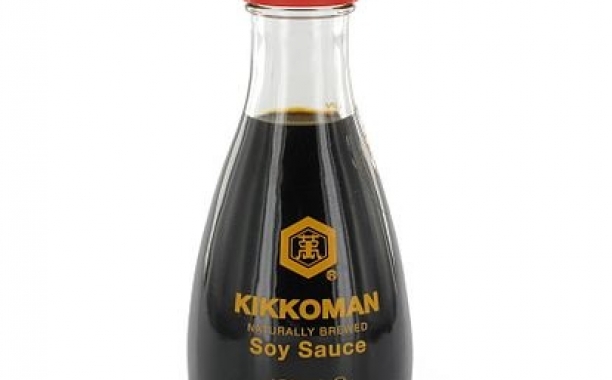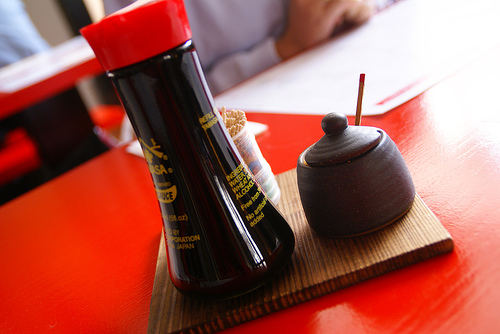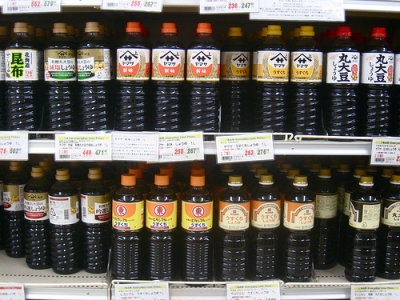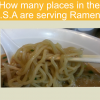The Joy Of Japanese Soy Sauce

Did you know that there are different types of soy sauce, especially from country to country? For instance, Japanese soy sauce is very distinct and oftentimes more desirable than Chinese soy sauce. Although soy sauce was first introduced to Japan in the 7th Century by Buddhist monks from China, Japanese soy sauce makers quickly added their own style and flavor to the process, putting their distinctive stamp on the ancient recipe.
What Makes Japanese Soy Sauce Different? Almost all soy sauce made in Japan uses wheat as a primary ingredient which gives it a sweeter taste than other Asian soy sauces. Adding to this umami (the pleasant savory taste of Japanese soy sauce) is the naturally occurring free glutamates and the use of sherry as a natural preservative.
Varieties Of Soy Sauces in Japan
- Koikuchi: Meaning “thick flavor,” this is the typical Japanese soy sauce, making up 80% of all domestic production. Made from equal parts soybean and wheat, it is by far the most popular in the country.
- Usukuchi: Meaning “weak taste,” this soy sauce is both saltier and lighter in color than koikuchi, due to the use of amazake, a sweet liquid made from fermented rice.
- Tamari: This is the “original” recipe from ancient times and is darker in appearance and richer in flavor than koikuchi. It contains little or no wheat.
- Shiro: The opposite of tamari, shiro uses mostly wheat and very little soybean, giving it a lighter appearance and sweeter taste.
- Saishikomi: Meaning "twice-brewed,” by substituting koikuchi for the brine normally used in the soy sauce process, a darker and more strongly flavored soy sauce is made, also called kanro shōyu or "sweet shōyu".
Brands: Shoyu, Yagisawa, and Kikkoman are among the top soy sauce brands in Japan.








